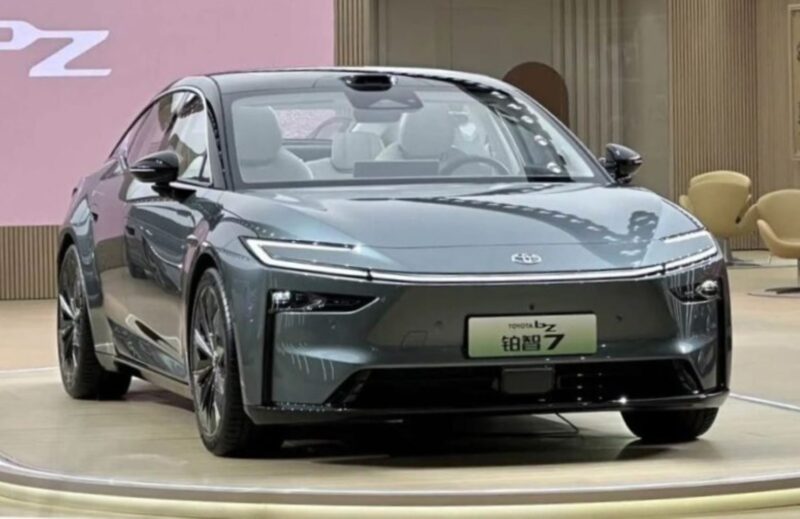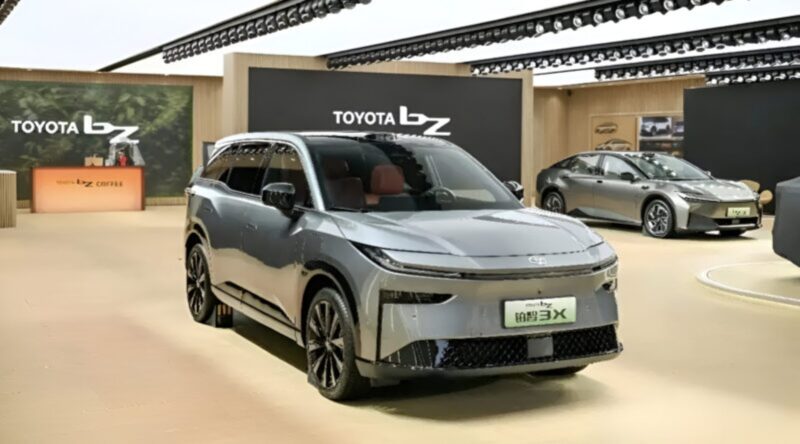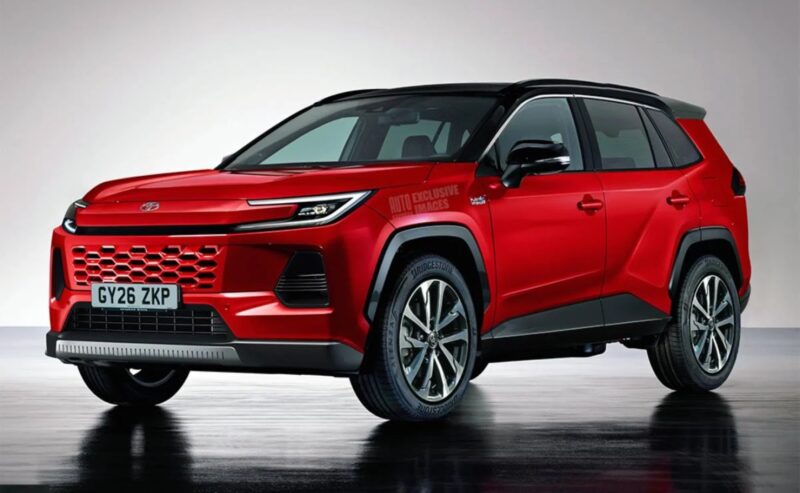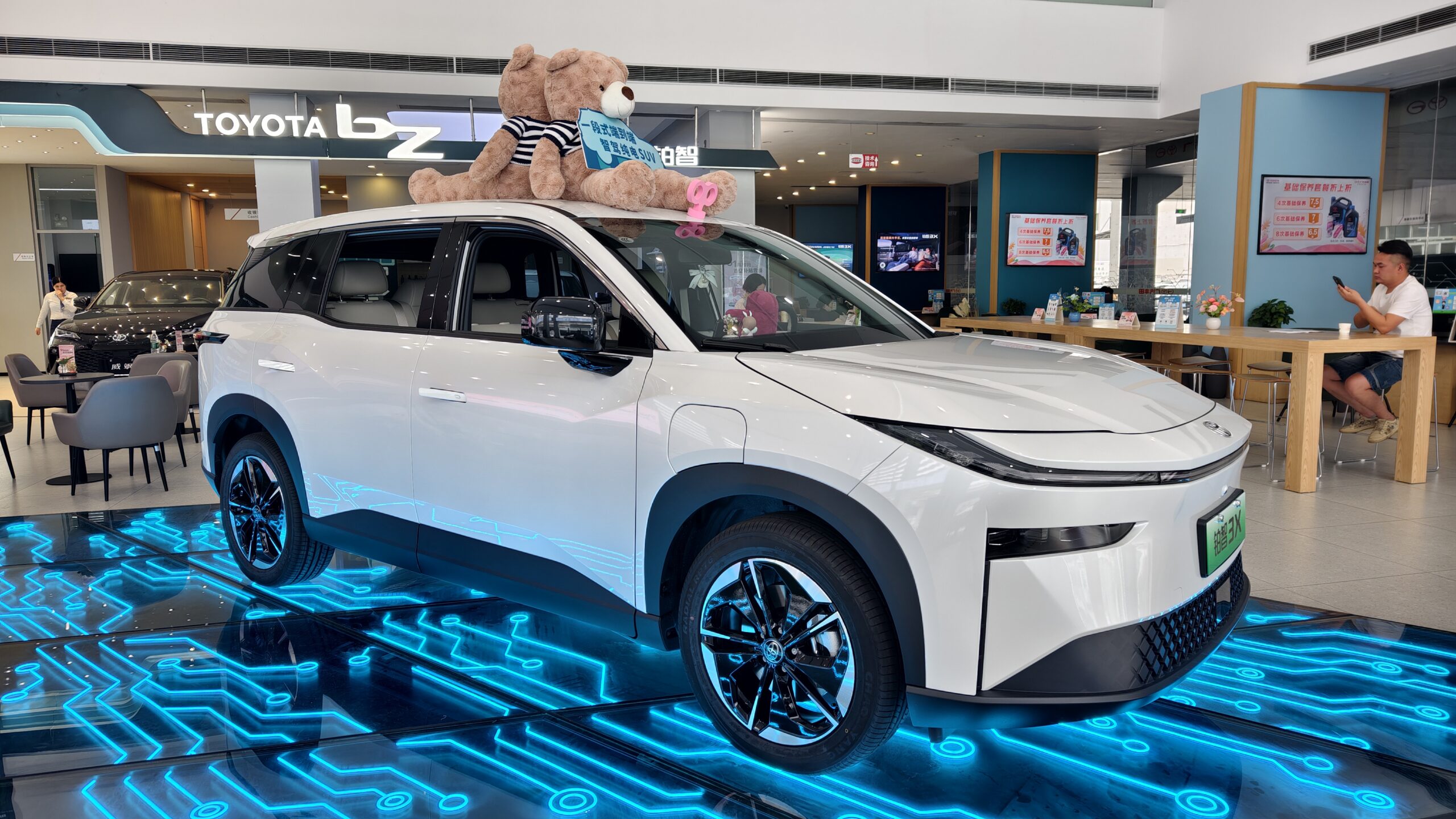New chapter for RAV4, Highlander, and Sienna: Toyota shifts development to China
A day after Toyota announced alliances with Xiaomi, Huawei, and Momenta for next-generation vehicles, the company’s broader China strategy is coming into more precise focus. Toyota is expanding its local joint development network to include FAW’s Hongqi brand alongside existing partners GAC and BYD. This shift significantly deepens Toyota’s localisation in the world’s largest auto market.
According to a report, Toyota’s co-development efforts will no longer be limited to its bZ series of electric vehicles. Core legacy models like the RAV4, Highlander, and Sienna will also be localised for China, with key technologies supplied by Chinese partners. These efforts are expected to form the foundation of Toyota’s strategy to remain competitive through at least 2027.

This transformation is driven by Toyota’s new RCE (Regional Chief Engineer) framework, introduced in April 2025. The system transfers decision-making power for product development to local teams in
Since its implementation, Toyota has already launched multiple China-specific models: the FAW Toyota bZ5, GAC Toyota bZ3X, and the upcoming bZ7. BYD supplied key EV components for the bZ5, while GAC was instrumental in developing the bZ3X and bZ7.
In addition to these projects, Toyota will introduce a new FAW Toyota model built on a Hongqi-developed NEV platform. As part of its broader restructuring, Toyota has centralised R&D efforts across FAW Toyota, GAC Toyota, BYD Toyota, and its own IEM (Intelligent Electric Vehicle R&D Centre) under a unified “One R&D” strategy.

GAC Toyota has also announced plans to launch range-extended (REEV) and plug-in hybrid (PHEV) versions of the Highlander and Sienna. These developments signal Toyota’s intention to adapt new electric models and established nameplates to better suit Chinese consumer expectations.
As reported yesterday, GAC Toyota is partnering with Xiaomi to integrate smart devices into vehicles for seamless AIoT connectivity, with Huawei providing HarmonyOS 5.0 and co-developing an advanced AI voice assistant, while Momenta supplies a next-gen intelligent driving system offering enhanced driver assistance and predictive features.
This localised strategy has already accelerated Toyota’s product cycles. Insiders say that new models like the bZ5 and bZ3X would have developed more than three years without local partner support. Leveraging partners’ mature platforms, interior and exterior designs, and intelligent feature sets has helped Toyota reduce costs and time to market.

Despite greater design and feature integration openness, Toyota remains firm on safety. According to sources close to the development teams, critical components—such as batteries, braking, and steering systems—must still meet Toyota’s global standards.
Initial market feedback has been encouraging. The bZ3X delivered over 10,000 units within 40 days of launch. In contrast, the earlier bZ4X, developed primarily by Toyota’s overseas team, struggled in China with lower monthly sales and limited traction.
With a growing roster of Chinese tech and auto partners and a restructured R&D model, Toyota is rapidly localising its lineup to stay competitive in a market that demands speed, customisation, and intelligent features.
Stay tuned for this week’s Sunday China Drive at Car News China, where we will review the Toyota bZ3X.
Source: IT-Home




